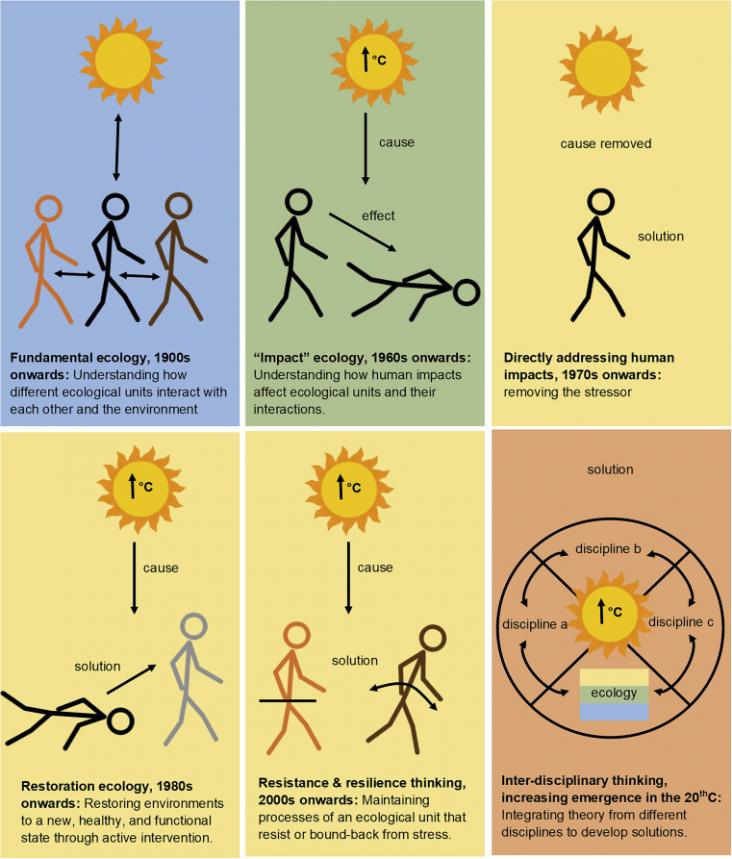This book chapter advances SDGs 3 and 13 by highlighting the green and sustainable alternatives that have been used so far in the open literature for the production of waterborne polymeric dispersions.

In this study, we use a new type of satellite data looking at vegetation water and photosynthesis to compare the success of different reforestation methods, using China's Three-North Shelterbelt Program as a case study.
Elsevier,
Encyclopedia of Renewable and Sustainable Materials: Nanomaterial for CO2 Sequestration, Volume 3, 2020
This book chapter advances SDGs 7, 13, and 12 by describing promising nanomaterials for the capture of CO2 emissions. Since it will take time for the world to rely solely on renewables, nanomaterials for carbon capture can help protect the atmosphere from harmful greenhouse gases in the interim.
Nitrate and lipids have been recognized as effective dietary additives to reduce enteric methane (CH4) production.

Although numbers are still low compared to cattle rearing, intensive dairy goat farms have been widely spreading in the Italian livestock systems.
Background: Car-dependent city planning has resulted in high levels of environmental pollution, sedentary lifestyles and increased vulnerability to the effects of climate change.
The unprecedented global heatwave of 2014–2017 was a defining event for many ecosystems.

There is widespread belief that meaningful interaction between scientists and practitioners, or co-production, increases use of scientific knowledge about sustainability and environmental change.

Is ecology, as a science, doing enough to address big environmental problems? Here, a review of the top 40 ecology journals suggests not.

Global and regional trends indicate that energy demand will soon be covered by a widespread deployment of renewable energy sources.
